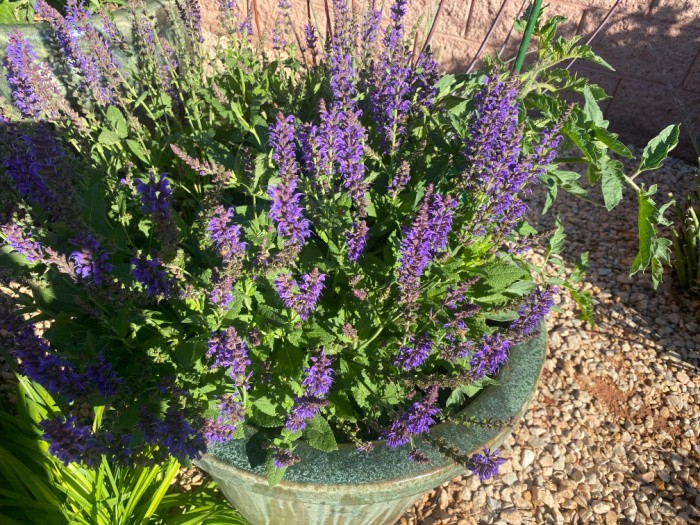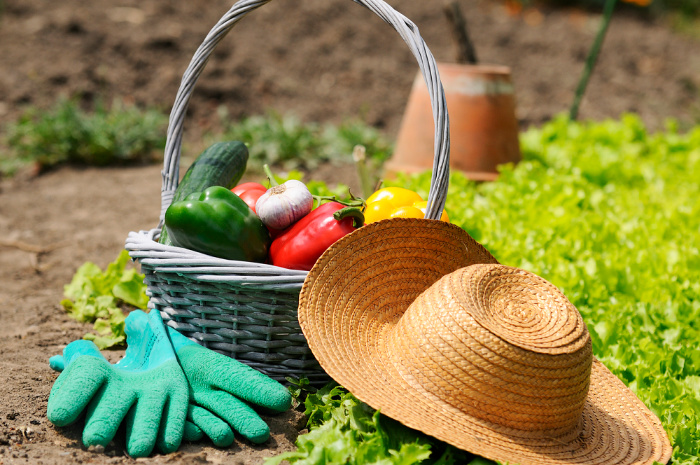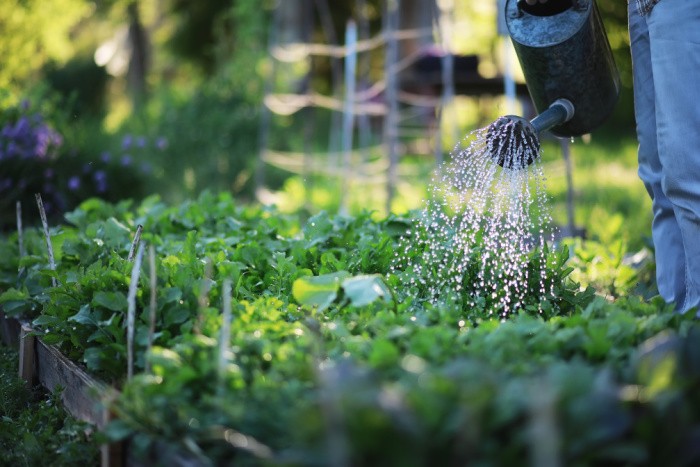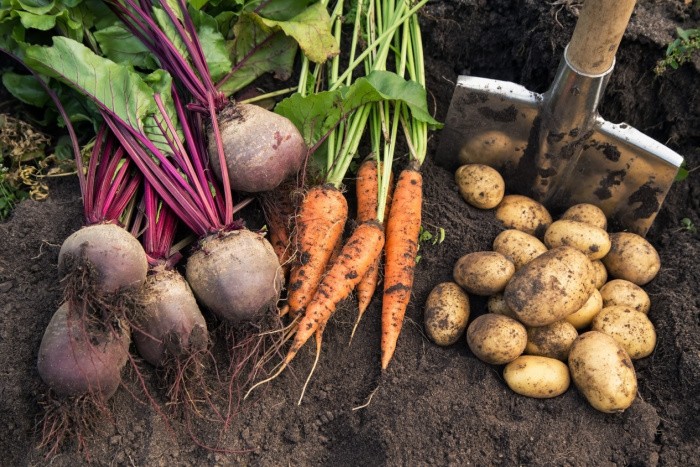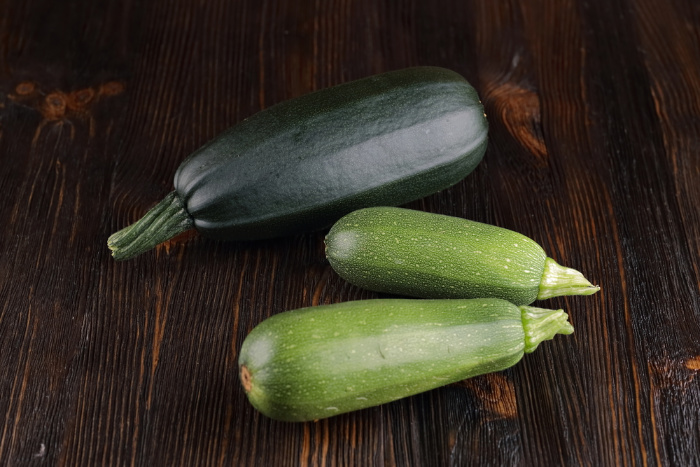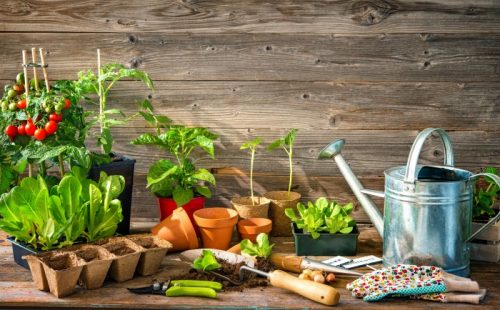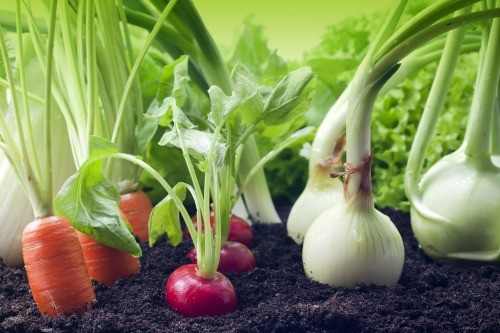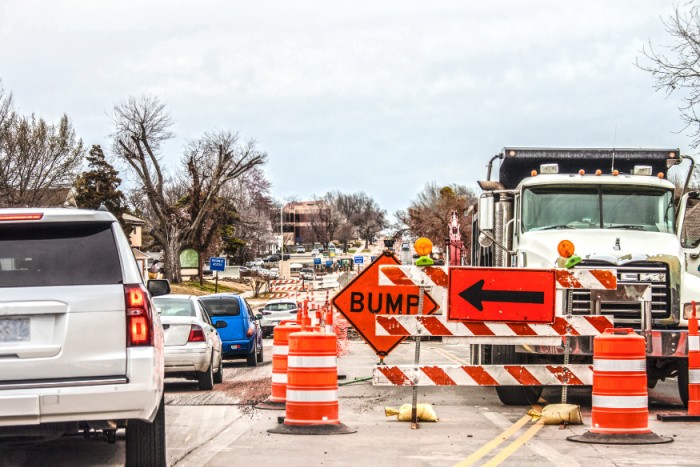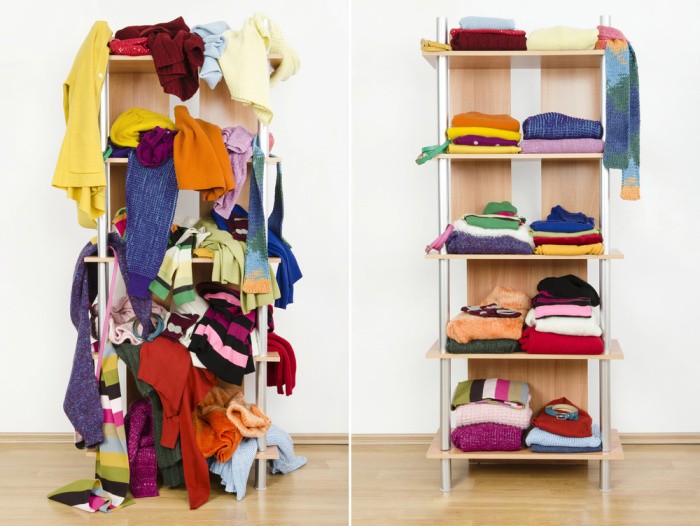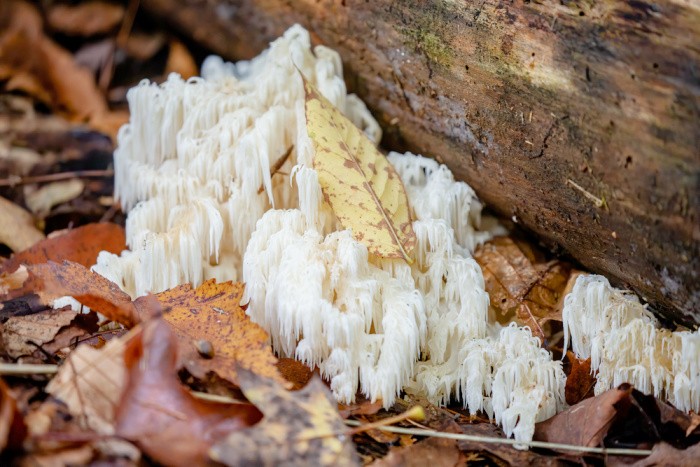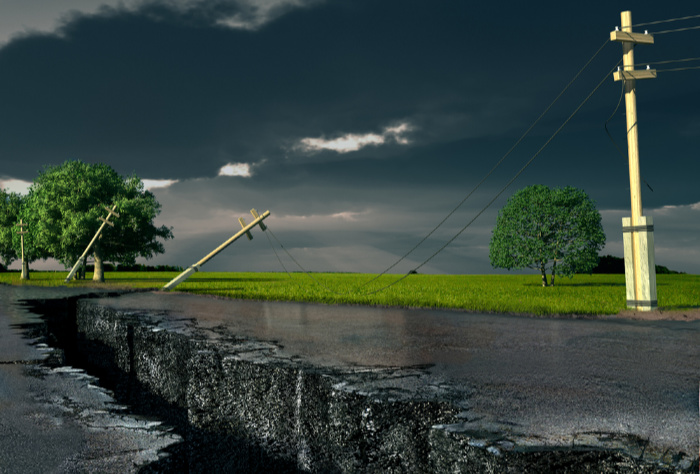12 Budget-Friendly Beautiful Garden Tips
Are you looking for ways to add what’s missing to your garden, but you don’t want to spend a whole lot of money to do so? Good news! There are several different options out there that will add the beauty, character, and liveliness that you’re searching for. A few of them may not cost you anything. Of course, gardens can be mainly flowers or you may be planning on a vegetable garden full of vegetable plants.
A good idea is to have a combination of both so you not only get beautiful colors and a harvest at summer’s end, but you provide the pollinators with an abundance of choices. These are 12 budget-friendly beautiful garden tips that I’ve updated from a few years ago. Many of us are having a better water year than we’ve seen in the past few, but costs are higher for plants and related garden supplies. This post incorporates ideas for all kinds of plants as you prepare your warm-season garden.
12 Budget-Friendly Beautiful Garden Tips
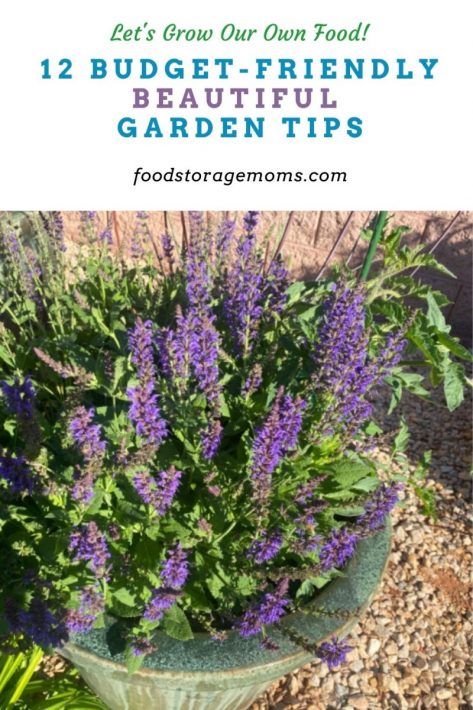
1. Start from Seed
Instead of picking out flowers and plants that are already mature, or even seedlings, choose to start growing them from seed. This method will take longer before you have a great looking garden, but you shouldn’t be going outside your budget parameters and you’ll save yourself some money. You just have to be a bit more patient. This is where I buy my garden seeds: SeedsNow
Consider where you live as it relates to the zone you live in since some areas have a shorter growing season than others. That may require you to start your seed planting inside so you can move them outside after the last frost and harvest those veggies before the first frost in the fall. Check out the link in #3 below for a zone planting times outline.
2. Plant More Perennials
While you’ll be paying more upfront for perennials than what you might for annuals, you’ll be able to enjoy them year after year. You also have the option of waiting until the end of summer to find some great deals on perennials at your local garden center or nurseries. They may not look like much at the time, but they’ll look great the following spring. I plant Perennial Salvia in my garden because it comes back year after year as shown above. Can you see a tomato plant on the right-hand side? Yep, I’m sharing my garden with both flowers and vegetables!
3. Plant a Few Trees
For how long you get to enjoy them, trees are inexpensive and will add the appropriate height and background to your garden. Smaller trees, such as crab apple, Juneberry, or olive trees are great options. These are a few other gorgeous trees that will look fantastic in your garden. This is a budget-friendly garden tip to keep in mind! You can also buy bare-root trees, and as long as you plant them according to your zone planting times they will survive and flourish.
Trees can take up a fair amount of space, so finding varieties that tend to be smaller could help in your overall garden layout plans, especially if you have limited space. Some other species to consider are Chinese dogwood, ornamental cherry, acer, Hawthorn, silver birch, and magnolia.
Most trees like plenty of sunlight, so position your trees so they can draw in the benefits of the full sun, and hopefully not create too much shade that can adversely affect other garden plants.
4. Use Lawn Edging
Are you wanting to add planting zones to your lawn and garden without having to break the bank? If you choose to go with stonework all around your garden, you will wind up spending a small fortune in order to do so. Instead, go with lawn edging made of plastic and recycled rubber tires to create that appealing separation you’ve been looking for.
Be cautious as you work the lawnmower, trimmer, and grass edger equipment so you don’t chew up the edging materials.
5. Lay a Gravel Path
A neatly laid gravel path will be adding a lot of character, along with a place for you to walk, when you consider laying a gravel path in your garden. Gravel (or mulch made of wood chips) is a pretty cheap material that will look sharp within the lawn edging you picked out. Just be sure to lay the garden fabric down beforehand so that you can keep weeds to a minimum. Here’s more on how to lay gravel in your garden.
6. Paint your Fence and Garden Shed
Does your shed and fence around your garden lack color, causing an eye sore every time you look up while you’re out working in your backyard? Spruce them up with lighter colors that match. If you have a bit of the artist’s touch running through your veins, you can add more color by painting beautiful flowers all around your fence. It will create a dazzling backdrop with your garden’s greenery.
7. Add a Decorative Feature
Placing a centerpiece feature inside your garden will draw the right kind of attention that you’re hoping to get. This bit of advice might sound expensive, but you can find decorative pieces that you can add to your garden for a reasonable price if you know what to look for. You can find some decorative garden water features cheaper than you may think, and they don’t use that much electricity. This is an important budget-friendly beautiful garden tip to truly help beautify your garden.
8. Attract Birds to Your Garden
Drawing wildlife into your backyard can add to what’s been missing in your garden. You’ll be rewarded with dazzling-colored birds, and be able to listen to their song. Research has shown that listening to birds singing can reduce your stress level and anxiety. Seems like a good solution, not only for your garden but for your well-being as well. It’s really up to you whether you buy or make your own homemade birdhouse and/or feeder. A birdbath would also be a welcome sight for these beautiful creatures.
9. Add Garden Lighting
Wouldn’t it be nice if you could still enjoy the beauty and sanctuary that your garden provides long after the sun has gone down? Well, you can. With just the right lighting, you can illuminate your flower beds, trees, shrubs, and decorative pieces to create another attractive dimension to your garden. Solar-powered lighting is arguably among the cheapest lighting that you can use. You can go with the battery-operated clip-together systems, but they require battery maintenance and replacement, adding to your garden costs.
10. Build a Pond
This next tip might sound expensive and hard to do, but it doesn’t have to be. Creating a DIY pond will also help to bring more wildlife into your backyard. All you need to do is dig a hole, place a pond liner in the bottom, and lay rocks and pebbles all around it. Then fill it with water and add a small fountain if you want to. It will look wonderful when surrounded by colorful plants and greenery.
You’ll need a good pump to keep the water circulating. You’ll also need to add water from time to time due to evaporation. Keep an eye out for stuff growing in the pond and treat it as needed with chemicals to keep things like algae from growing.
11. Hanging Baskets
Hanging baskets are another great and inexpensive way to add a vibrant touch to your garden. Bring more color by going with flowers like petunias, verbena, or fuchsias. You can even plant vegetables like tomatoes in them if you choose to do so. Please remember, flowers will bring the bees we need to pollinate our plants.
12. Keep Up with Weeding
One of the best (and free) ways of keeping your garden looking great is by staying on top of your weed situation. It’s a simple and effective way to reinvigorate your garden. For some of you gardeners who have a tougher time getting on your hands and knees, I’d encourage you to get yourself a weed puller tool. That way you can pull weeds while standing up because of their long handle.
Some other ideas include the popular container gardens using pots or make-your-own raised planter boxes so you don’t have to bend over as much. You can also use organic matter like leaves, lawn clippings, compost, humus, manure, and peat moss. Some of these could be readily available from your own yard, or at a reasonable cost. They not only can be used to cover open ground so weeds can’t find their roots, or spread around the garden plants to provide some nutrients and ground cover.
Good healthy plants can also help to limit weed growth. Be sure to use quality soil amendments, fertilizer, and the proper amount of water. Moisture and amended soil are key steps to keep all plants growing and thriving. Whether using soaker hoses, rainbirds, spray systems, a drip irrigation system, or other options, proper water application is critical to keep a garden in top condition.
When it comes to soil, can I use all-purpose garden soil to grow my potted plants?
Generally, garden soils are designed for use right in the ground and will contain some minerals and natural organic matter. The challenge with their use in containers is that they often become compacted and then waterlogged in the container. This causes them to have limited space for air circulation near the roots and results in restricted growth.
Do I need to add anything to my raised bed soil to get the best results from my plants?
For best results, add a good mixture of topsoil and compost in a ratio of 1:2 on the top of the raised bed container. If you have good dark topsoil in your yard to use you are one of the lucky ones. Most of us have to buy the topsoil and then add the compost.
What vegetable garden plant ideas do you have to help cost-conscious gardeners get the most out of their garden this year?
Wanting a pretty garden to look at is an ideal goal for many of my readers, but for me, I want my garden to also provide food items I can really on as part of my emergency preparedness plans. I want to see a decent harvest at the end of the growing season as compensation for all my time and energy.
Every family has their own vegetable garden ideas of what tasty and healthy foods they want from their garden, but I’ve listed below some of my favorites, and ones that shouldn’t take a lot of expense and effort:
- Beans – bush green beans are great. Pole beans work well too.
- Peas – my kids would pull them and eat the peas before I had a chance to bring them into the kitchen.
- Broccoli – a favorite for salads and dehydrating.
- Spinach – a good healthy plant that’s pretty hardy.
- Zucchini – can be very prolific and produce more than you expect. Pick them when they are smaller since you’ll like the flavor and texture.
- Tomatoes – we love to eat bacon and tomato sandwiches. We had more of these plants than anything in the garden. Gave dozens away!
- Potatoes – I had two tall pots where I grew my potatoes. I had a young child from across the street come dig them up when ready. It was so much fun!
- Peppers – one of my favorite salad additions and they added color to the garden.
- Lettuce – we grow these in raised beds outside and also in AeroGarden hydroponic units indoors. What fun to watch both types of plants grow.
- Herbs – various herbs add so much to a garden and to your meal plans. Also consider onions, garlic, and other root vegetables.
Final Word
Gardening isn’t just for the rich folk. You can still have an amazing-looking budget-friendly garden without having to spend a bunch of money. The blooms on so many plants can bring us such joy! Which of these do you plan on incorporating into your lawn and garden plans this year? What are some other cheap ways you’ve discovered to make your garden look great and provide sustenance when you’re on a budget? What are some budget-friendly beautiful garden tips you’d like to share? May God Bless this world, Linda.

